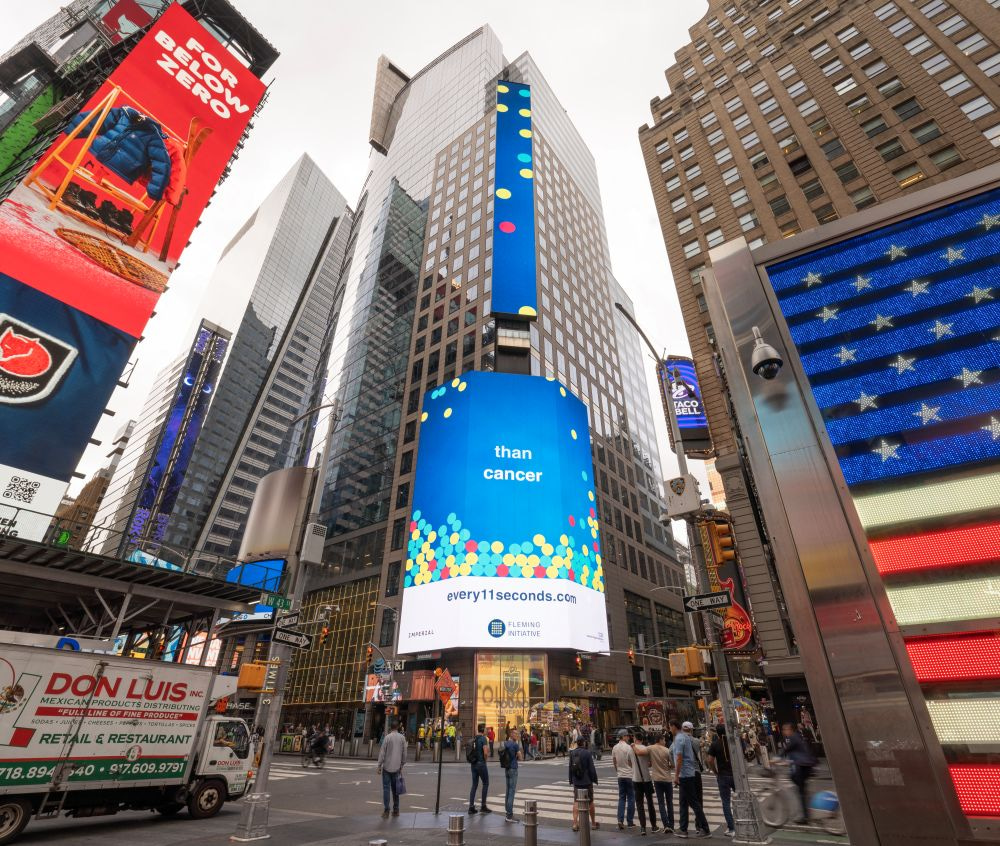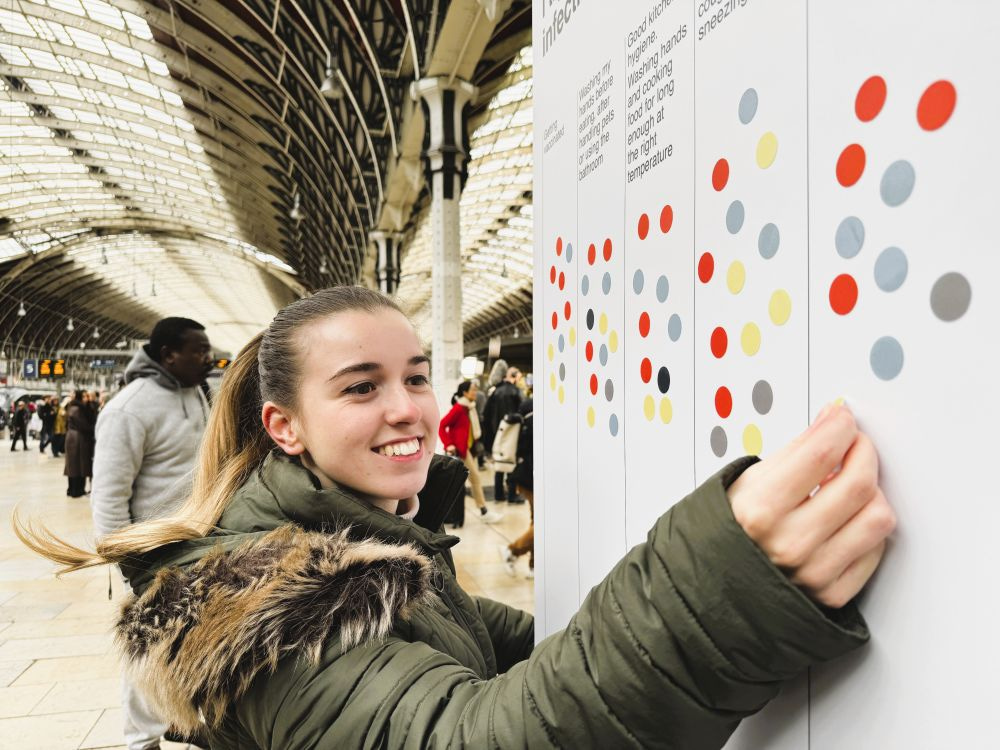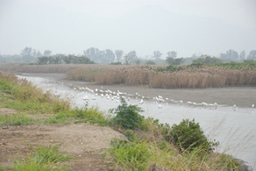World AMR Awareness Week call to action: Patient and public involvement and engagement to improve impact on antimicrobial resistance – the time to act is now
Published in Social Sciences, General & Internal Medicine, and Public Health

World AMR Awareness Week (18-24 November) is the perfect opportunity to reflect on our peer-reviewed Comment piece published at the start of the year, and consider both the opportunities open to us and the challenges we face in engaging and involving patients and public on antimicrobial resistance (AMR) as we approach the year’s end.
But rather than make any assumptions about AMR awareness, let’s begin by unpacking the acronym. AMR stands for antimicrobial resistance. This major and growing threat to global public health occurs when infections caused by microbes – from bacteria to viruses and fungi – develop resistance to the medicines we rely on to treat them.
Call to action
In January we issued what we hoped would be both a reasoned argument and a rallying cry. We do need the public to know and care about AMR. But crucially, we also called for the active involvement and engagement of patients and the wider public in scoping, testing and scaling solutions to ensure their adoption and impact.
The theme for WAAW 2025 - “Act Now: Protect Our Present, Secure Our Future.”- is spot on. We must act now. Like the climate emergency – which similarly requires civil society, governments and industry to get behind an array of technical, systemic and behavioural solutions – the urgency is real. On current trajectory antimicrobial-resistant infections will kill 1.9 million people a year by 2050, mostly in Low- and Middle-Income Countries (LMICs)
Challenging global context
Whilst we were writing our original piece, the United Nations General Assembly was publishing the Political Declaration of its Hight Level Meeting on AMR. This highlighted the need for education “to generate an effective whole-of-society response” to AMR. It included commitments to systematic public and community engagement and acknowledgement of “the importance of engaging patients and families as partners in working towards meaningful and sustainable solutions”.

It was hoped that this Declaration would unlock significant political capital and funding for AMR, including for the societal engagement that we argue is crucial. But events have overtaken us. The biggest health story of the year is Trump’s dramatic reduction in global health spending through USAID, and subsequent reductions by UK and others, making it harder to focus on the delivery of the Declaration. The resulting negative pressures include loss of funding, community-level data and collective expertise and infrastructure to facilitate public engagement.
Slow but steady international progress
However, there has been steady, if slow, progress on the Declaration commitments. Major consultations have taken place to refresh the AMR Global Action Plan (GAP) and on the establishment of an Independent Panel for Evidence for Action on AMR (IPEA). In both of these consultations my organisation, the Fleming Initiative (a partnership between Imperial College London and Imperial College Healthcare NHS Trust), has argued that public involvement must be central.
We have also convened a global conversation around the Declaration’s commitment on Education. Best practice in AMR education field is being reviewed. Consensus is building on what children and adolescents need to know to act as agents of change on AMR. Results are to be published soon.
Despite the major disruption and re-setting of priorities faced by WHO, at present they are powering ahead with their engagement instruments such as the Task Force of AMR Survivors, Working Group on Youth Engagement and newly launched Civil Society Task Force on Antimicrobial Resistance. Meanwhile long standing champions of community and public engagement, ReAct, have just marked 20 years of innovative practice that we can all look to for inspiration.
Hopeful grass-roots activity
From Fleming Initiative and our peers, diverse positive examples of creative patient and public involvement and engagement continue to emerge.

- Fleming Initiative, in collaboration with the Behavioural Insights Team, co-designed a research study with the public to explore whether using different names for AMR made the idea easier to understand.
- At a bustling London train station, Fleming Initiative in partnership with GSK, piloted a playful yet purposeful method to engage and consult the public on AMR. An analogue, interactive quiz format tested public understanding, attitudes and appetite for action on AMR, to inform those tackling this global health crisis through research or policy. 700 data points were collected in a single day.
- Patient advocates and the arts have brought the anonymous AMR statistics to life for policy makers: an excerpt from Lifeline the Musical and the powerful AMR patient experience of my co-author Vanessa Carter were heard on the floor of the United Nations.
- Fleming Initiative has gathered public contributions – stories of gratitude to antibiotics – from around the world, for a major AMR awareness campaign to run at Piccadilly Circus billboard during World AMR Awareness Week 2025.
With funding tight, and the power of patient experiences an impactful tool in building AMR awareness and making the case for action, it is crucial we offer appropriate payment to those whose time and lived experience we draw on. Guidance on this published by the UK’s National Institute of Health Research and other practical tips for public involvement in your research, by my colleagues at Imperial can be found at the Public Involvement Front Door.
Historic opportunity to leverage
The Fleming Initiative is based on the St Mary’s Hospital campus where penicillin was discovered by Alexander Fleming in 1928. He warned of the danger we now face – the danger of antimicrobial resistance – in his 1945 Nobel Prize acceptance speech.

In 2028, the centenary of penicillin’s discovery, we will open the Fleming Centre, London - a research and engagement hub dedicated to tackling AMR. At its heart will be a free, interactive exhibition where the public can discover and contribute to AMR research.
I’ll leave the final word to my co-author and Executive Chair of the Fleming Initiative, Lord Ara Darzi: “Penicillin unlocked a golden age of health care – benefits we now risk losing. With the 80th anniversary of the Nobel Prize award to Fleming, Florey and Chain next month, and the centenary of penicillin’s discovery in 2028, we must seize the opportunity to lift the challenge of AMR up in public consciousness and invite them in, to be part of the solution.”.
Follow the Topic
-
Nature Communications

An open access, multidisciplinary journal dedicated to publishing high-quality research in all areas of the biological, health, physical, chemical and Earth sciences.
Related Collections
With Collections, you can get published faster and increase your visibility.
Women's Health
Publishing Model: Hybrid
Deadline: Ongoing
Advances in neurodegenerative diseases
Publishing Model: Hybrid
Deadline: Dec 24, 2025


Please sign in or register for FREE
If you are a registered user on Research Communities by Springer Nature, please sign in